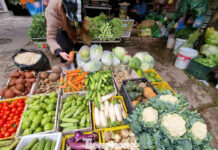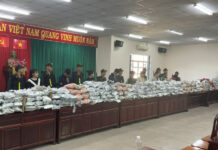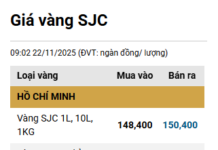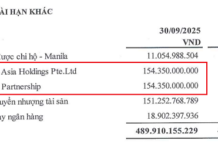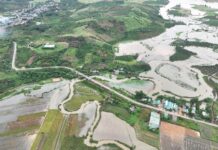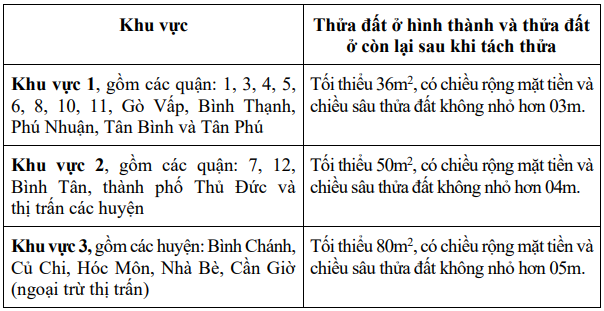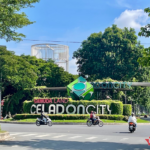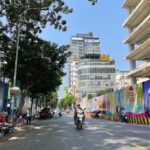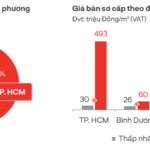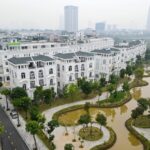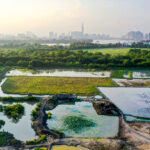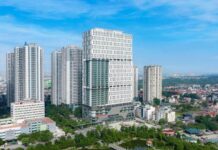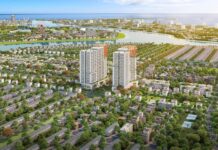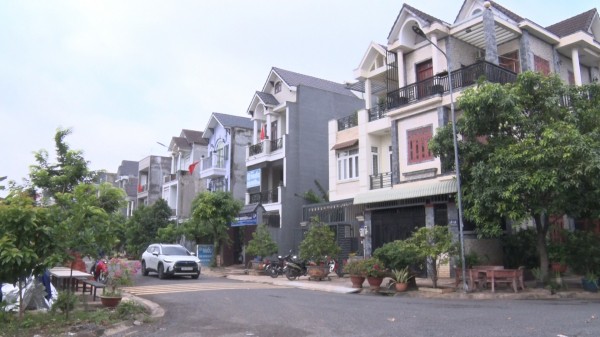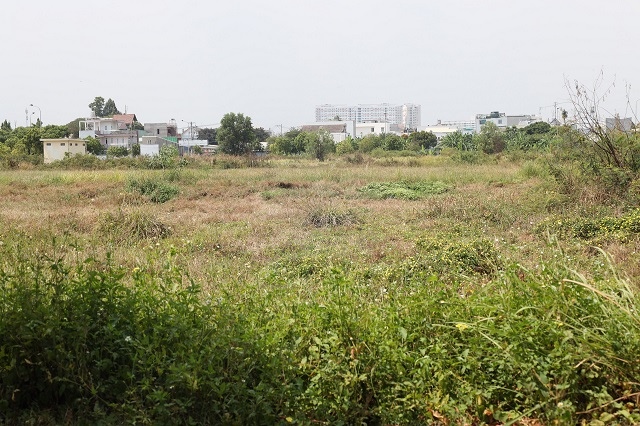
Illustration. Photo by Thuong Ngoc
|
This decision supersedes Decision No. 60/2017/QD-UBND dated December 5, 2017, of the Ho Chi Minh City People’s Committee on regulations for minimum land parcel size for subdivision.
According to the decision issued on October 31, the subdivision and amalgamation of land parcels must still comply with the principles and conditions stipulated in Sections 1, 2, and 3 of Article 220 of the Land Law. Specifically, the subdivided and amalgamated land parcels must have access to a passageway, be connected to existing public transportation routes, and have reasonable access to water, drainage, and other essential utilities.
In cases where a land user allocates a portion of their land parcel for a passageway, the passageway shall be agreed upon by all parties involved. The People’s Committees of districts and Thu Duc City are responsible for considering and approving such passageways based on local conditions, ensuring they meet fire prevention and control requirements and have adequate water, electricity, and drainage systems in place before implementing the land subdivision or amalgamation.
If a portion of the land is designated as a passageway serving multiple land parcels (two or more), it shall be converted to a shared-use status on the Land Use Right Certificate.
Regarding the minimum area for land subdivision and amalgamation, the newly created land parcel and the remaining land parcel after subdivision (excluding areas designated for transportation infrastructure) must meet the following minimum area requirements: 36 square meters in districts belonging to Area 1, 50 square meters for Area 2, and 80 square meters for Area 3.
|
Regulations on Minimum Land Parcel Size for Residential Land Subdivision
Source: Ho Chi Minh City People’s Committee
|
For agricultural land, the subdivided land parcel must have a minimum area of 500 square meters for land used to grow short-term crops and other agricultural purposes, and 1,000 square meters for land used to grow perennial crops, aquatic product farming, salt production, and concentrated livestock farming.
The following cases are exempt from this decision: sale of state-owned houses as per the Government’s regulations; land donation for building charitable houses, houses of gratitude, and solidarity houses; land parcels or portions of land parcels that have been decided for retrieval by competent state agencies, except when three years have passed since the retrieval decision without actual retrieval.
With this decision, the People’s Committees of districts and Thu Duc City are responsible for inspecting and scrutinizing land subdivision and amalgamation within their jurisdictions, preventing and strictly handling organizations and individuals who do not comply with the regulations. They are also required to report the results to the Ho Chi Minh City People’s Committee and the Department of Natural Resources and Environment annually, by December 5.
The Department of Natural Resources and Environment is tasked with guiding and inspecting the performance of the Land Registration Office and its branches in districts and Thu Duc City in implementing land subdivision and amalgamation according to the law. They will also consolidate obstacles, coordinate with departments, the People’s Committees of districts and Thu Duc City to review and propose solutions, and report to the Ho Chi Minh City People’s Committee.
“A Flood of Long-Term Investment Cash Flows into Villas and Township Housing”
For villas and townhouses within projects in Q3 2024, a survey by the Ministry of Construction revealed that this segment continues to see robust transactions, with a significant amount of long-term investment money and end-users still very much in the game.



